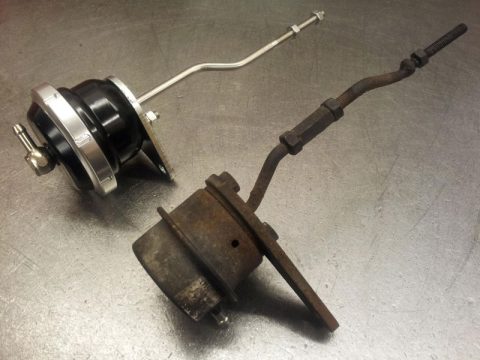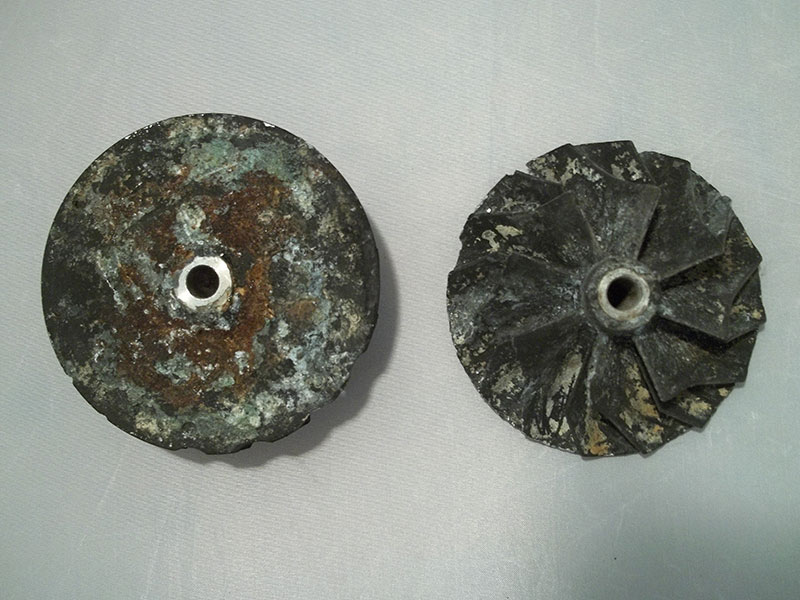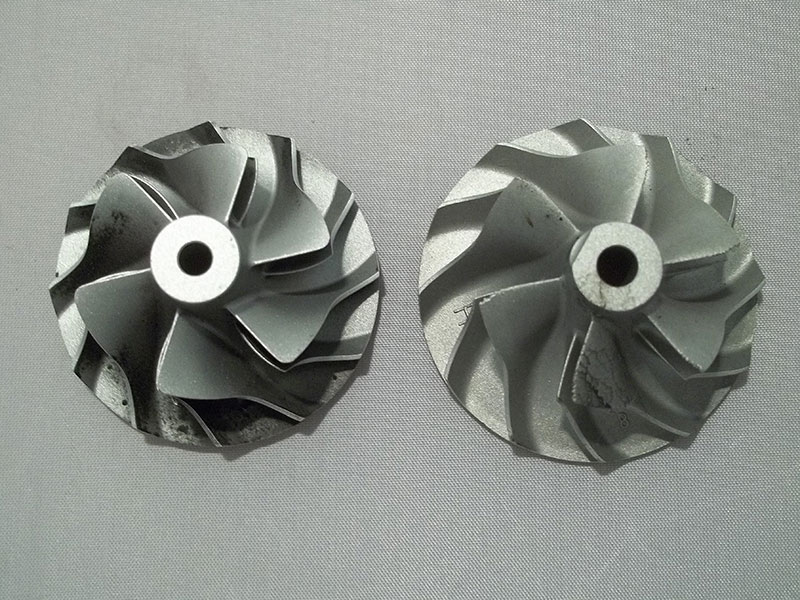Wastegate Actuator damage
Faulty or damaged actuators are the cause of many of the turbo problems we see at AET, but they can be easy to overlook.
The wastegate actuator acts as a pressure relief valve, which ultimately controls the boost output of a turbocharger. It works by holding the wastegate shut until the required boost level is reached, and then opening, releasing the exhaust gases and slowing the turbine.
After prolonged use, the actuator can become worn, corroded and weakened, which is what you see in this picture. When this happens, the actuator will stop working properly, and can allow the exhaust gases to escape prematurely, reducing the efficiency and output of the turbo.
In other cases, the diaphragm of the actuator can become damaged. This can cause serious engine damage, as the turbo will no longer have any boost control. This means the pressure will keep building, and the turbine will keep spinning until something breaks, or the engine management takes over!
In most cases, the best solution is to replace the worn actuator with a new one. The shiny new actuator you can see in the picture is a new Turbosmart IWG – which is what we use when we’re replacing damaged actuators. This high quality, reliable and durable actuator helps to provide greater sensitivity and better turbo response when it comes to managing boost pressures.




